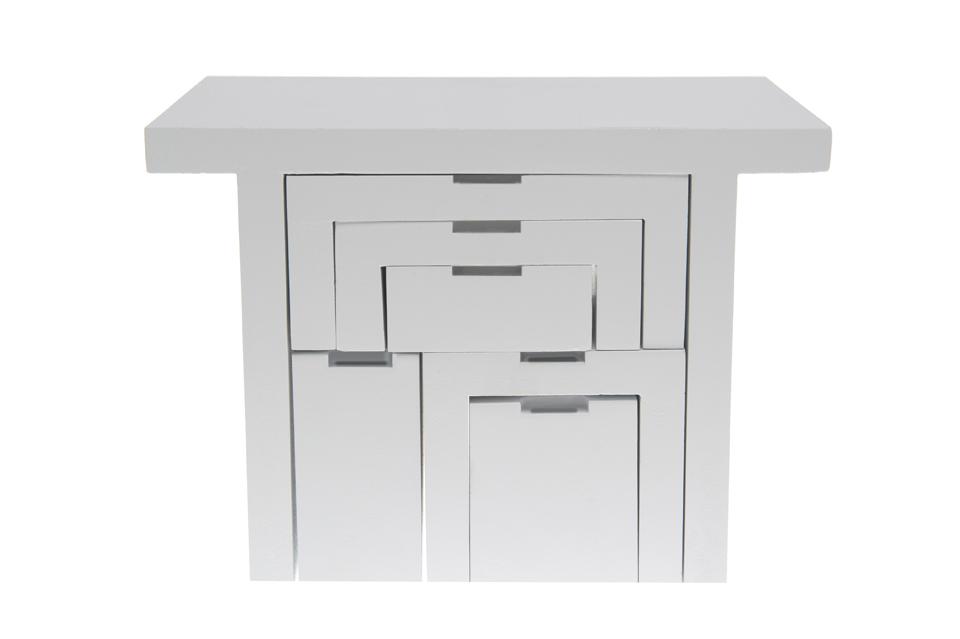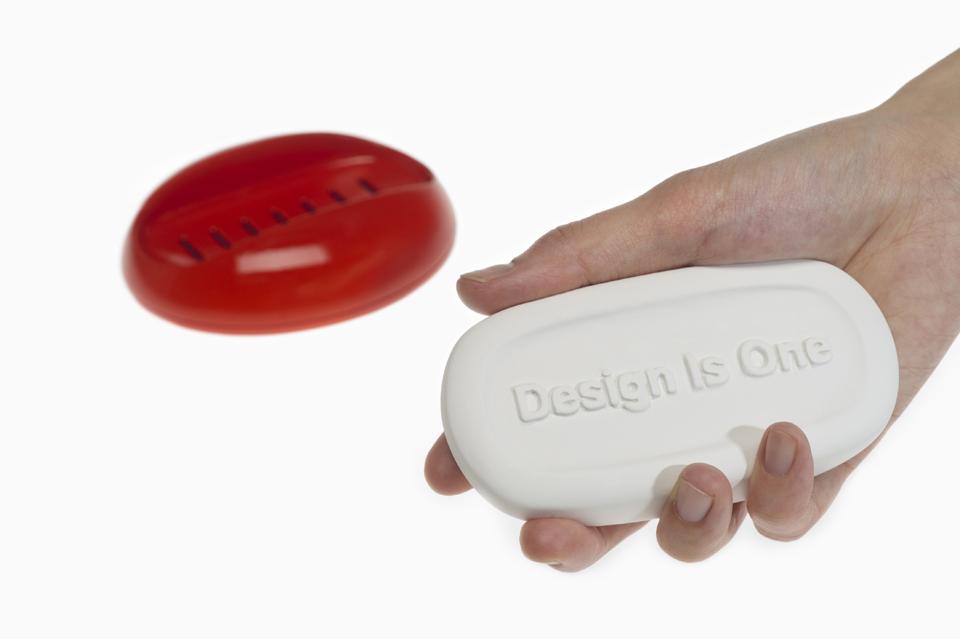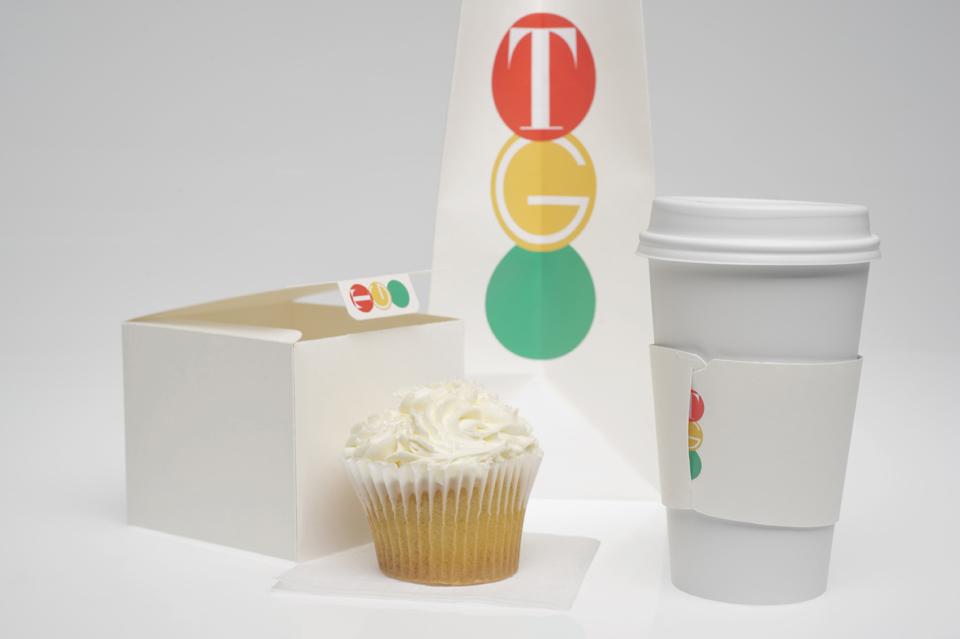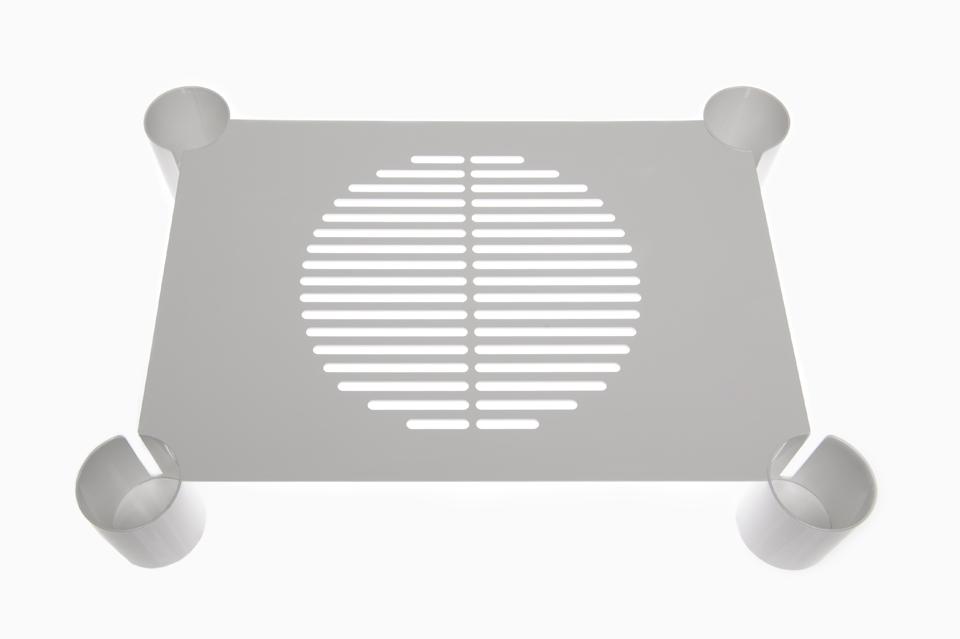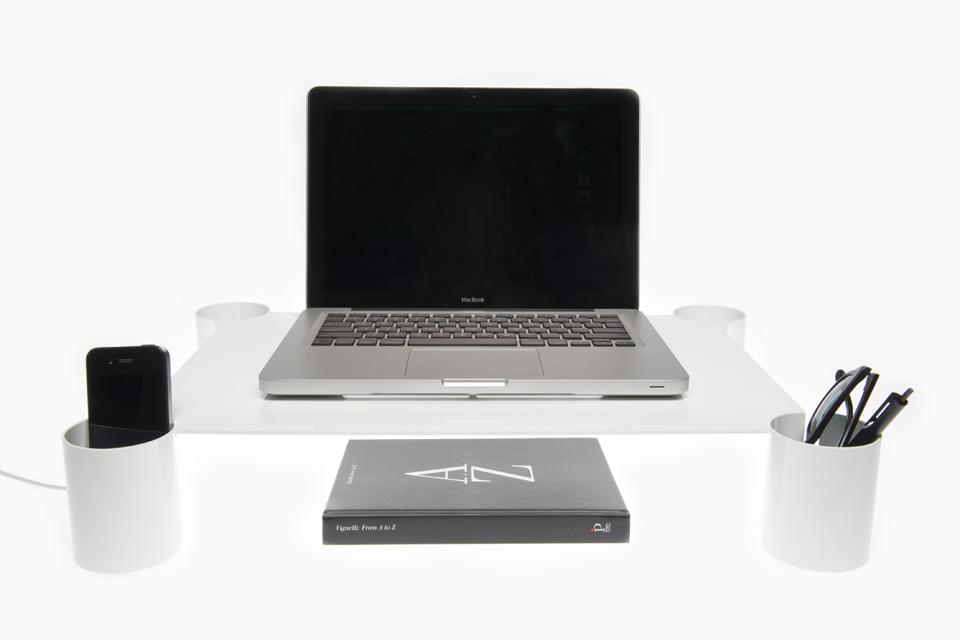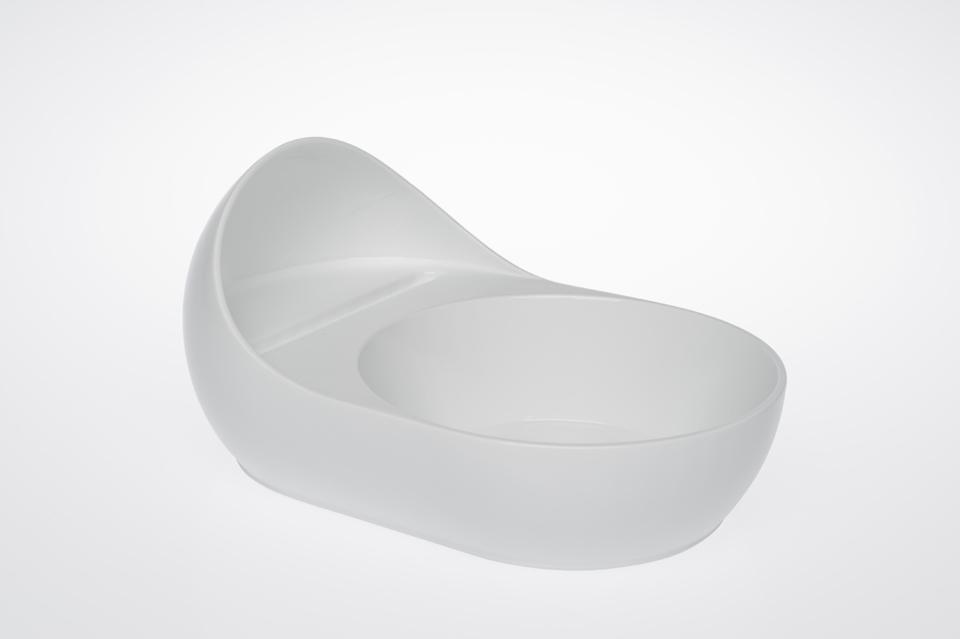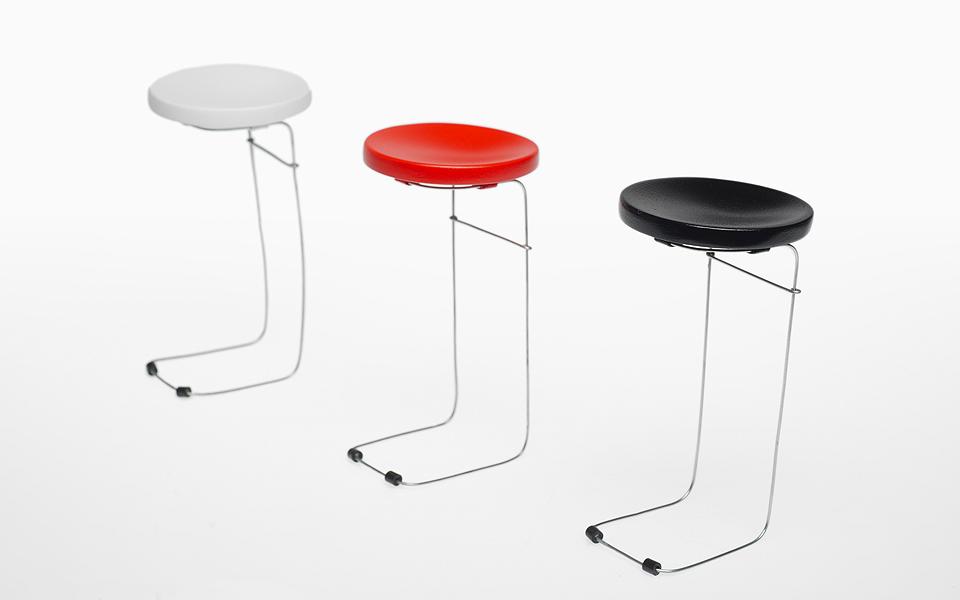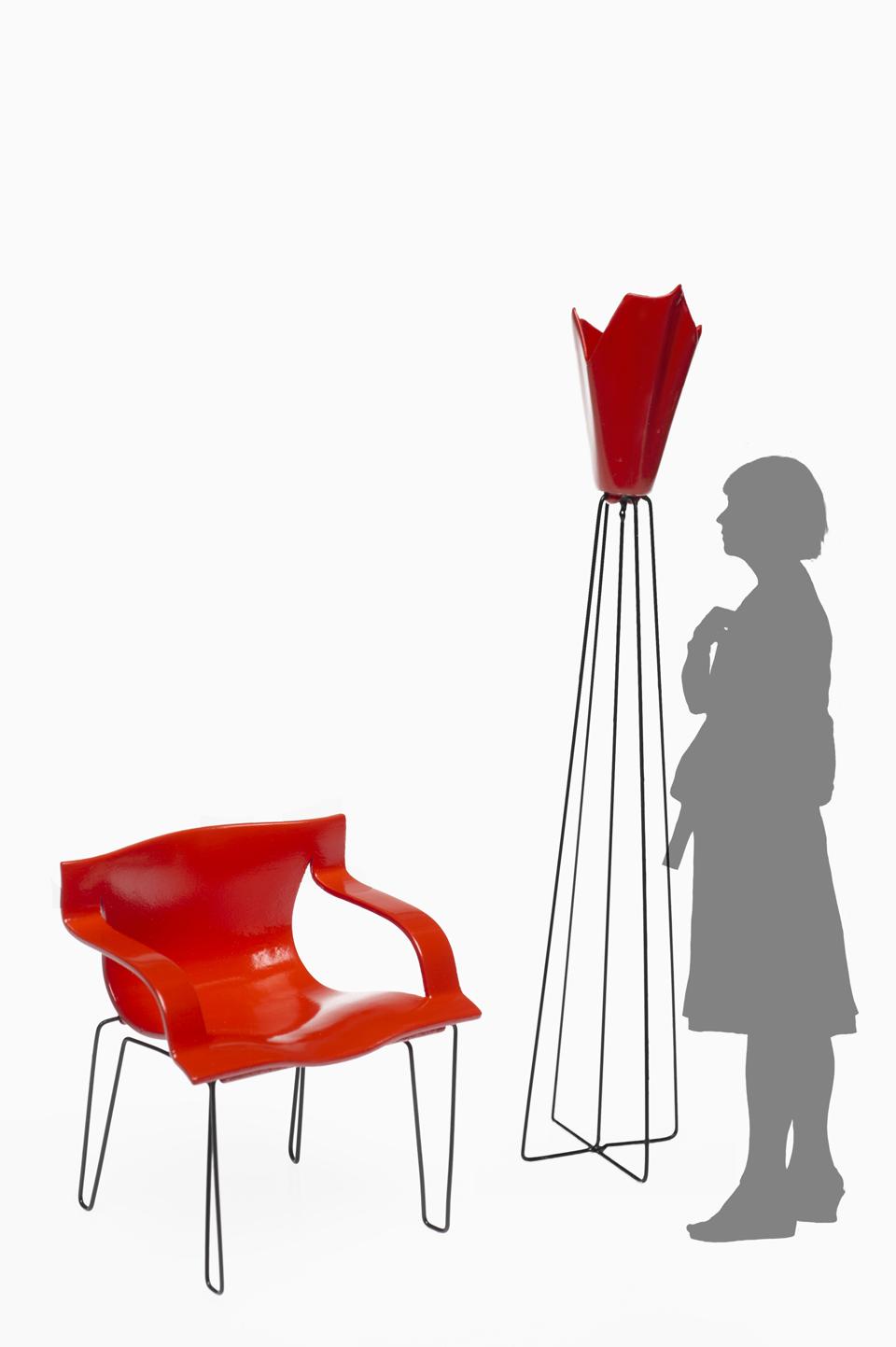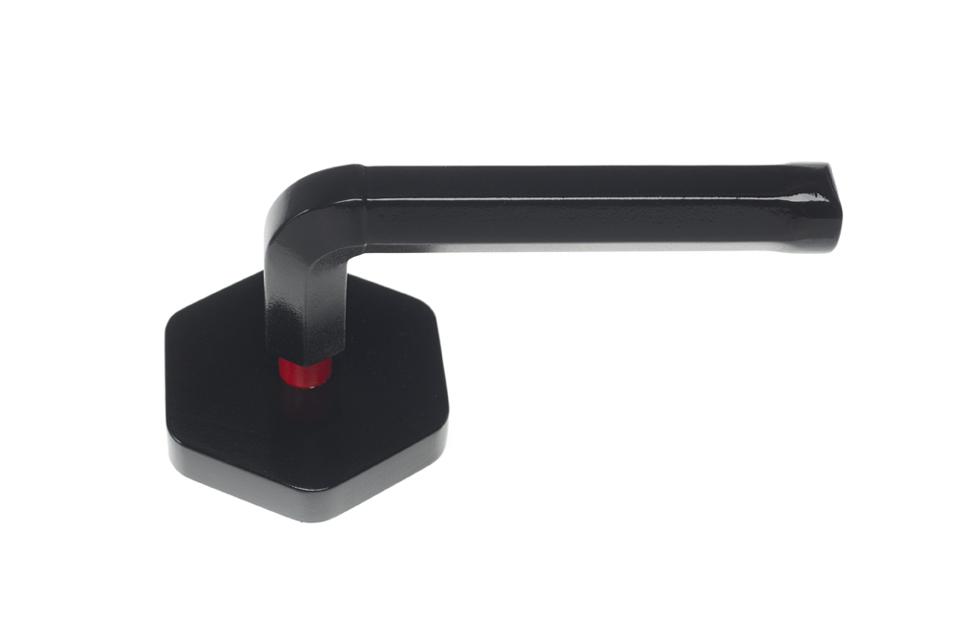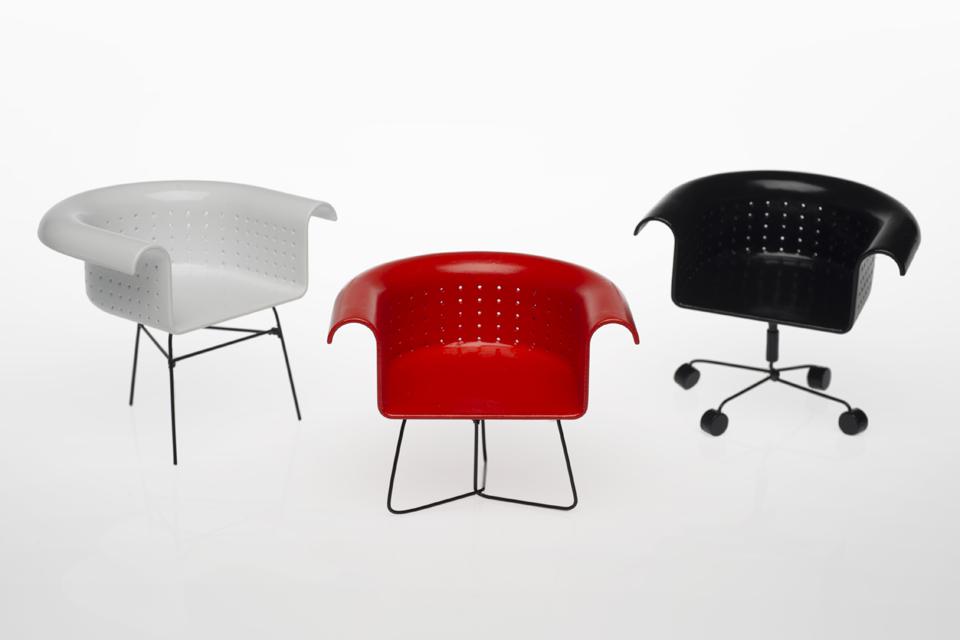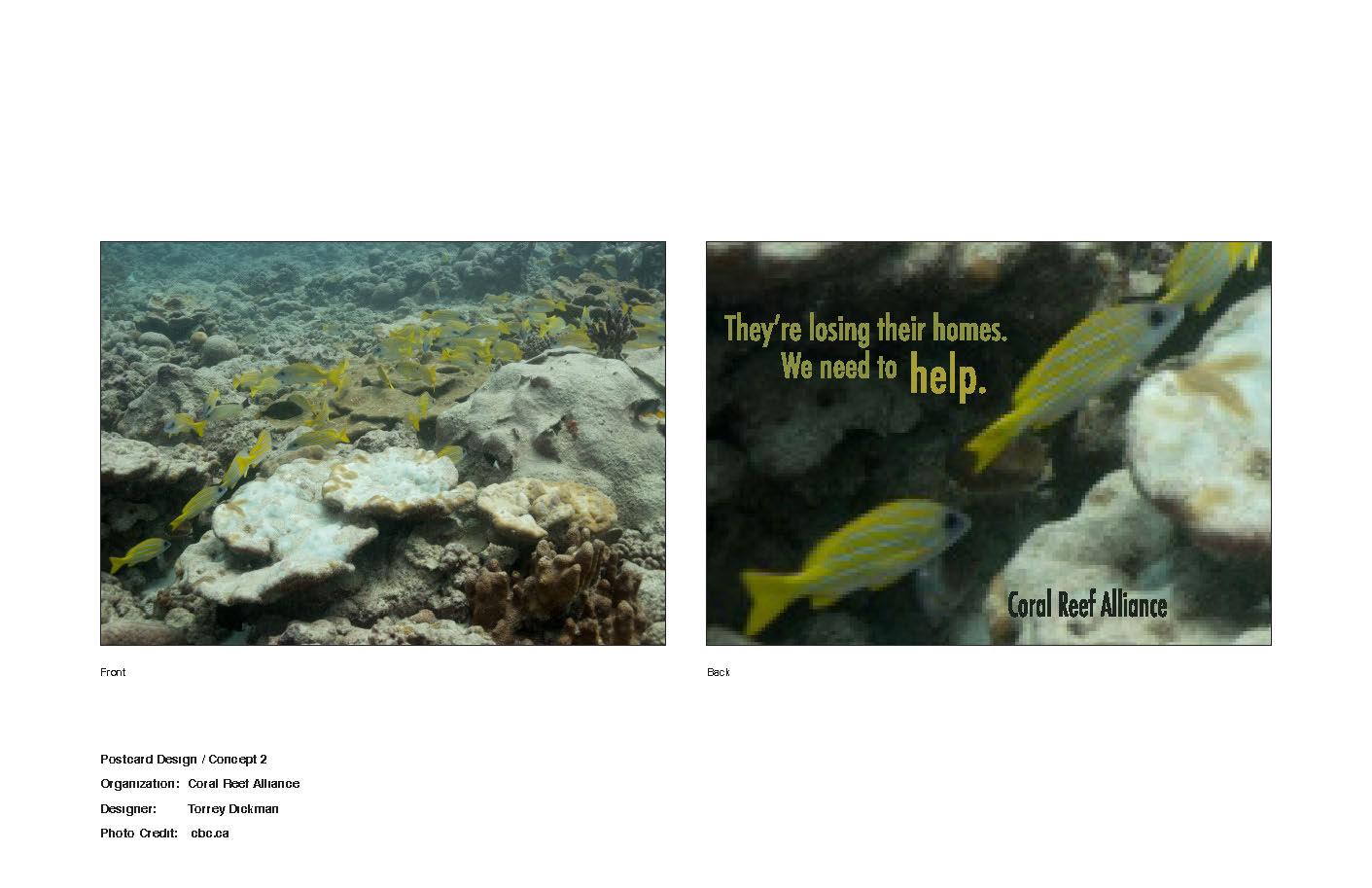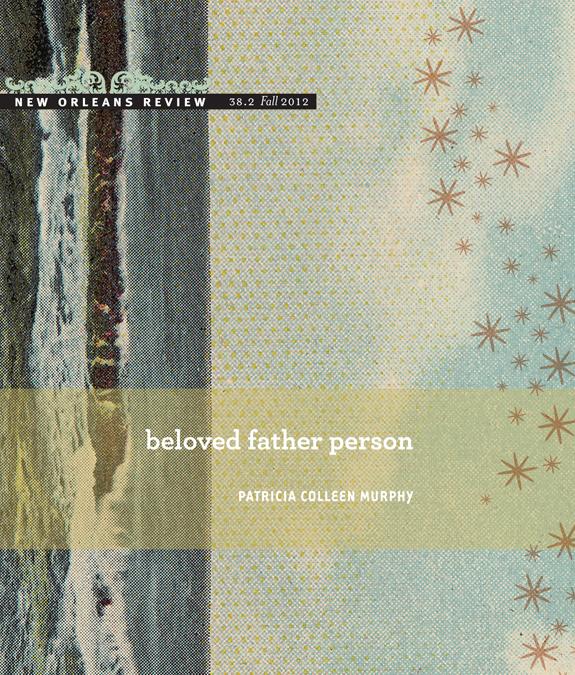2012 Activating the Archive in the Vignelli Center for Design Students
The Vignelli Center for Design Studies is the permanent and comprehensive home for Massimo and Lella Vignelli’s expansive archive of professional career accomplishments. The Center is an educational resource with the primary goals of advocating design excellence at RIT and beyond through innovative programming, supported by extensive archival holdings of design exemplars.
The Vignelli Center for Design Studies is a place for design education, research and critical examination. The key concept in all areas of the Center’s work is the rigorous reflection of Modernism–the discourse of Modernism, which forms a bridge between the history of design and the Vignelli design tradition. The Center’s aims therefore are to conserve, research and extend this cultural heritage and, at the same time, investigate current design issues.
This course is a special project developed in conjunction with The Vignelli Center for Design Studies and the graduate Industrial Design program.
Students were each assigned a Vignelli-designed artifact and evidence of its developmental process from the Vignelli Archive. Each student was afforded the opportunity to study the items first-hand in the Center. Each student researched their designated context in which their item was generated, developing a clear metric for assessing the item’s success in its original context. Students were then responsible for using the same metric for developing a new object, adjusted in order to accommodate today’s landscape of conditions and habits.
Photography: Elizabeth Lamark
Modular Nesting Furniture System
Chunxiao Zhu
I was inspired by the American Collection furniture models I found in the Vignelli Center archives. This conceptual program for a group of furniture was never produced. I was inspired by the simple and elegant shapes of the models. I refined the basic forms I saw in this collection and combined them with a modular design strategy to organize them into a compact system.
Rolling Label Beer Packaging Design
Danwei Ye
My design was inspired by Vignelli’s beer bottles and packaging design for Suntory beer company. This new design deploys an expandable rolling label (see wood model). On the label is a brief history of the Suntory company or the process of beer production.
Bodoni Soap Dish
David Strauss
The Bodoni Soap Dish is inspired by the Vignelli’s Soap Bubble Chair Mold, which is located in the Vignelli Archive. The Soap Bubble Chair was never produced and it is not known when the models were made.
My design intends to make a connection to the process, scale, and naming conventions that were used to produce the model, by creating a chair for soap. Following the Vignelli Cannon, I have based the overall shape around the letter “O” of the Bodoni typeface, a favorite of the Vignelli’s. The soap is custom produced to fit inside the dish and includes the popular Vignelli quote “Design Is One” on the reverse.
To Go Packaging Design With Surprise Graphics
Flora Qiangwei Zhu
The new “To Go” logo design was inspired by the colors and shapes used on the original packaging designed in 1990 for Pei’s Place (a cafeteria). I was attracted by the clean, pure packaging designs and the simple, colorful logo. I modified the original design by adding more functionality and the surprise element of a hidden logo in all pieces of the packaging program.
Vignelli Workstation
Igor Sobolevsky
This laptop / desktop stand has been inspired by the Serenissimo table which was designed in 1985. The relationship between thick and thin elements in the original design inspired the drama of forms in my piece, while creating space for computing, cord management and storage. The circular slotted design on the top punctuates the surface, while providing ventilation.
Handkerchief Armchair
Jason Liu
I was inspired by Vignelli’s Handkerchief chair designed around 1985 for Knoll International. I redesigned the armed version for expressing softness and lightness as the main characteristics of a handkerchief form. I believe this approach creates a more unified and direct expression, while maintained stacking as the important function. The new chairs are shown in red, white and black in order to represent the designer’s color theory.
i-Dinner: Bowl With Acoustic Component
Jong Soo Gang
I was inspired by Vignelli’s Stacking Dinnerware for Heller 1967. My design explores contemporary lifestyles by engaging technology, information and consumption in the home.
Inclusive Side Table
Miguel A. Cardona Jr.
This side table was inspired by Vignelli & Associates “inclusive” Reclining Chair concept created for the Helen Hamlyn Foundation in 1998. In approaching my concept I intended to follow principles of universal design as well as those set by the Vignelli Canon.
The table surface is curved to allow elderly users to easily pick up objects such as pills, a bowl or a remote control. The light weight frame, wheels, and underside grip allow for mobility and easy access.
Cloth Luminaire
Randall Yarborough
Cloth Luminaire, Line extension of Knoll products. My design concept stems from research into the development of the Paper Clip Table designed in 1993. My concept was inspired by the linkage of the Paper Clip Table to the Handkerchief chair, which extended the logic of utilitarian object-languages as inspiration for form.
Pencil Door Handle
Siyang Amanda Gong
I designed this door handle which was inspired by both Massimo Vignelli’s handle studies (prototypes found in archives) and by his pencil of choice (Lead Holder). The faceted pencil shape provides the ergonomic grip. The red detail provides a visual cue to identify when the door is locked.
U Chair
Xiaoxiao Pu
I was inspired by the shape of Vignelli’s Circolo Chair, 1979. I designed a lighter, more practical office chair by following the original chair’s visual language while providing a variety of combinations of chair legs to choose from in order to achieve the different needs in the work space.
Handkerchief Chair for Children
Xiaoyu Wu
My design for the Handkerchief Chair was inspired by Vignelli’s paper model for a children’s version, which was never produced. In my design, sharp edges of the original were softened and new functionality was imbedded in the back portion to accommodate children’s needs.





